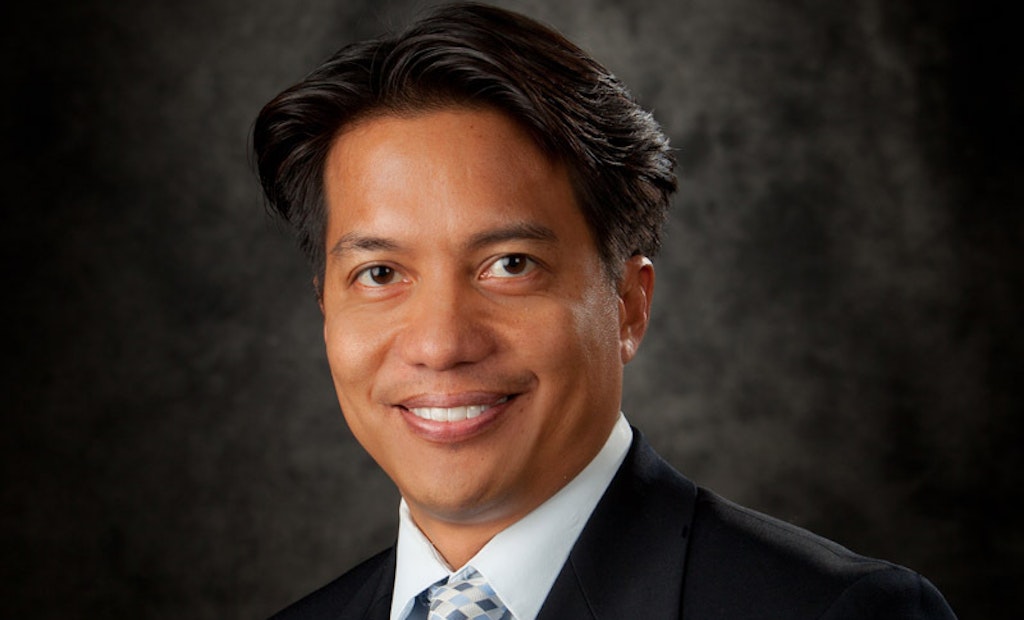Back in 2013, employees in the planning and analysis division in the Hampton Roads Sanitation District came up with a bold idea: Close a wastewater treatment plant that needed significant upgrades and divert the flow it was handling to another plant with sufficient capacity. The...
Employee Input Improves Utilities
Virginia utility developed an innovation-centric culture that highly prizes new ideas
Popular Stories
Discussion
Comments on this site are submitted by users and are not endorsed by nor do they reflect the views or opinions of COLE Publishing, Inc. Comments are moderated before being posted.






